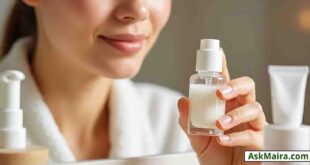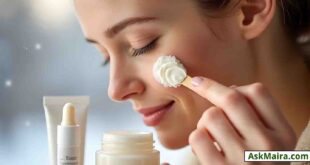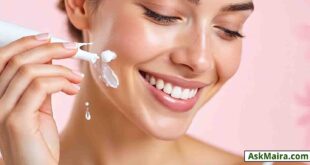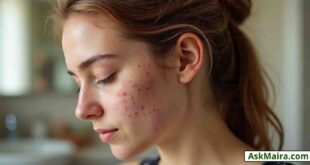Taking care of your skin is more than just applying random products. A good skincare routine is about timing, consistency, and using the right products at the right moment. Morning skincare prepares your skin to face the day, while night skincare helps your skin recover and repair as you sleep.
In this article, we’ll explore the difference between morning and night skincare routines, step-by-step guides for both, and tips to make your skin look healthy and glowing.
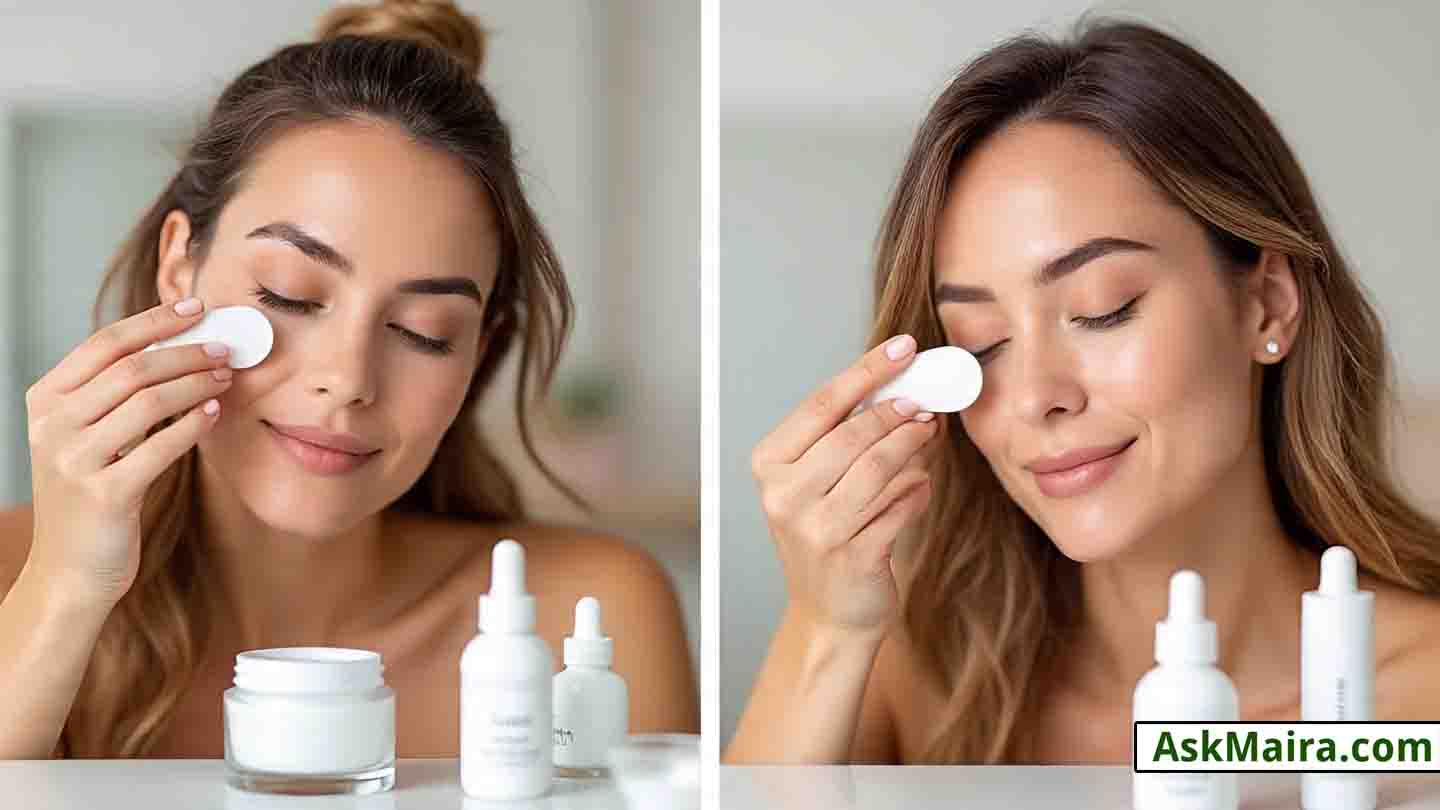
Why Skincare Routine Matters
Your skin is the largest organ of your body. Every day, it is exposed to pollution, dust, UV rays, and harsh weather. At night, your skin works hard to repair the damage done during the day. A proper routine ensures that your skin stays:
-
Clean and fresh
-
Hydrated and nourished
-
Protected from damage
-
Youthful and glowing
Morning Skincare Routine
The goal of a morning routine is protection and preparation. Your skin needs a shield against the sun, pollution, and environmental stress.
Steps of a Morning Routine
1. Cleanser
Use a gentle cleanser to wash away oil and dirt that builds up overnight. This helps your skin feel refreshed and clean.
2. Toner (Optional)
A toner balances your skin’s pH and preps it for the next steps. Go for an alcohol-free toner to avoid dryness.
3. Serum
Vitamin C serum is highly recommended in the morning. It protects your skin from free radicals, brightens your complexion, and helps with pigmentation.
4. Moisturizer
Hydration is key! Even if you have oily skin, use a lightweight, oil-free moisturizer to keep your skin balanced.
5. Sunscreen (Most Important)
Never skip sunscreen. Apply at least SPF 30 (higher if you spend a lot of time outdoors). Sunscreen protects you from UV rays, prevents premature aging, and lowers the risk of skin cancer.
Night Skincare Routine
The purpose of night skincare is repair and recovery. While you sleep, your skin regenerates, so using the right products helps the process.
Steps of a Night Routine
1. Makeup Remover / Cleanser
Always remove makeup before bed. Use a gentle makeup remover or micellar water followed by a cleanser to clean your face completely.
2. Exfoliation (2–3 times a week)
Exfoliation removes dead skin cells and unclogs pores. Don’t do it daily, as it may irritate the skin.
3. Toner
A hydrating toner helps calm the skin and prepare it for treatment products.
4. Serum or Treatment
Night is the best time for treatments like retinol, hyaluronic acid, or peptides. These ingredients work on wrinkles, fine lines, and hydration.
5. Eye Cream
The under-eye area is delicate and needs extra care. An eye cream can reduce puffiness, dark circles, and fine lines.
6. Night Cream / Moisturizer
Night creams are thicker than day creams and provide deep hydration. They lock in moisture and support skin repair overnight.
Morning vs Night Skincare: Key Differences
| Aspect | Morning Routine | Night Routine |
|---|---|---|
| Main Goal | Protection | Repair & Recovery |
| Must-Have Product | Sunscreen | Retinol / Night Cream |
| Serum Choice | Vitamin C | Retinol or Hydration Serums |
| Moisturizer | Lightweight | Rich & Nourishing |
Common Mistakes to Avoid
-
Skipping sunscreen in the morning
-
Over-exfoliating at night
-
Using too many active ingredients together
-
Not removing makeup before bed
-
Ignoring your neck and hands in the routine
Tips for Healthy Skin
-
Drink at least 7–8 glasses of water daily
-
Eat fruits and vegetables rich in vitamins
-
Sleep 7–8 hours every night
-
Exercise regularly to improve blood circulation
-
Avoid smoking and reduce alcohol consumption
FAQs
Q1: Can I use the same products for morning and night?
Not always. Morning products focus on protection (like sunscreen and vitamin C), while night products focus on repair (like retinol and rich creams).
Q2: Is sunscreen needed even if I stay indoors?
Yes. UV rays can enter through windows, so applying sunscreen daily is a must.
Q3: How long does it take to see results from a skincare routine?
With consistency, you may start noticing changes within 4–6 weeks.
Q4: Can oily skin skip moisturizer?
No. Oily skin still needs hydration. Use a lightweight, non-comedogenic moisturizer.
Q5: What’s the best age to start a skincare routine?
It’s never too early. Even in your teens, using sunscreen and moisturizer is essential.
Both morning and night skincare routines are essential for healthy, glowing skin. Morning care protects your skin from damage, while night care allows it to heal and regenerate. By combining the two, you create a complete skincare routine that supports long-term skin health.
Remember: Consistency is the secret to glowing skin.
👉 Recommended Reading:
If you found this guide helpful, here are some more articles you may enjoy:
10 Proven Ways to Lose Weight Without Diet or Exercise
The Best Daily Skin Care Routine for Glowing Skin
How to Get Clear Skin: Fast, Naturally, and at Home
How to Get Rid of Acne: Home Remedies for Pimples
Cleveland Clinic – Easy Steps for a Simple Skin Care Routine
WebMD – Healthy Skin Care Basics
These resources will help you take care of your inner health and outer beauty, giving you the confidence you deserve.
